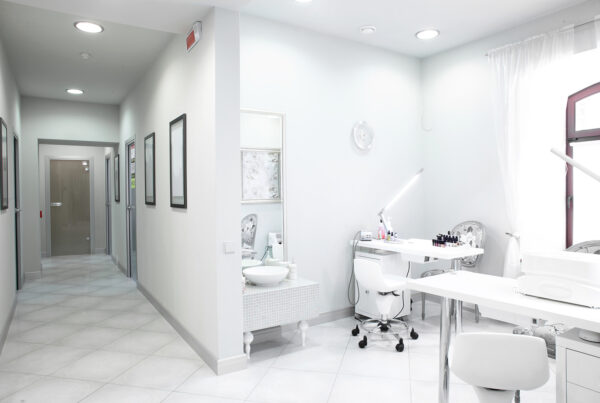Medical waiting rooms see a high volume of foot traffic that includes sick patients, potentially high-risk individuals and other guests each day. This level of activity makes medical office cleaning a necessity for hospitals, clinics and other healthcare facilities. However, everyday general cleaning services are important for more than just health and safety reasons. A clean medical waiting room can make the difference between a positive and a negative experience for your guests. Here’s what you need to know about cleaning waiting areas in a medical facility.
The Difference a Professionally Cleaned Waiting Room Can Make
Untidy rooms, dirty floors, or stained carpet and upholstery can create a negative impression. Visitors can interpret this untidiness as a lack of professionalism and care, and they may worry that they will leave your office sicker than when they arrived.
Many people are concerned with catching a cold or flu bug when visiting the doctor. Worse still, methicillin-resistant Staphylococcus aureus, more commonly known as MRSA, is a bacteria that can be easily transmitted in a hospital or other healthcare environments. Medical facilities need a comprehensive cleaning plan that will thwart the spread of illness in their facility.
According to WebMD, the flu virus can live on hard surfaces for up to 48 hours. Someone who touches that surface can then potentially get sick if they touch their mouth, nose or eyes. Additionally, one in three people carries the S. aureus bacteria, while 2% carry MRSA according to the CDC.
While negative perceptions such as these can be a burden to your industry as a whole, there is a silver lining. If your practice invests in professional cleaning services and makes a concerted effort to keep frequently used areas clean, you can give your guests peace of mind with a healthier environment, cleaner common areas and a better overall experience for staff, patients and guests.
Rules for Keeping a Waiting Room Area Clean
When considering a commercial cleaning service, understand exactly what and how they will clean your facility. It’s helpful to review a medical office cleaning checklist beforehand to familiarize yourself with what needs to be done. By handling smaller tasks throughout the day and trusting a professional commercial cleaning provider to handle more complex responsibilities and deep cleaning, you can create the best experience for your guests.
When reviewing areas that need to be cleaned, your commercial cleaning provider should have the knowledge and training to:
- Clean and sanitize all door handles.
- Sweep or vacuum and mop hard flooring using effective tools for a thorough clean.
- Strip and wax floors at least once per year.
- Clean and disinfect tables and chairs, which should include getting the upholstery cleaned regularly.
- Clean the counter, check-in area, pens and tablets with a disinfecting cleaning product.
- Sanitize children’s toys and books.
- Wipe down dusty surfaces using protocols that reduce allergens.
Remember, this list is not exhaustive. To ensure the healthiest and safest environment possible, a customized cleaning plan from a professional can offer thorough results.
Contact Coverall® to Learn How to Keep a Hospital Waiting Room Clean
Coverall’s Health-Based Cleaning System® has set the gold standard for professional commercial cleaning. Our independent Franchise Business Owners can deliver a healthier germ-free environment. More than 14,000 outpatient clinics, medical offices, surgical centers and dialysis centers rely on us for a customized cleaning plan to help protect employees, patients and visitors.
For more helpful cleaning advice, contact us to learn more about scheduling healthcare cleaning services today.



